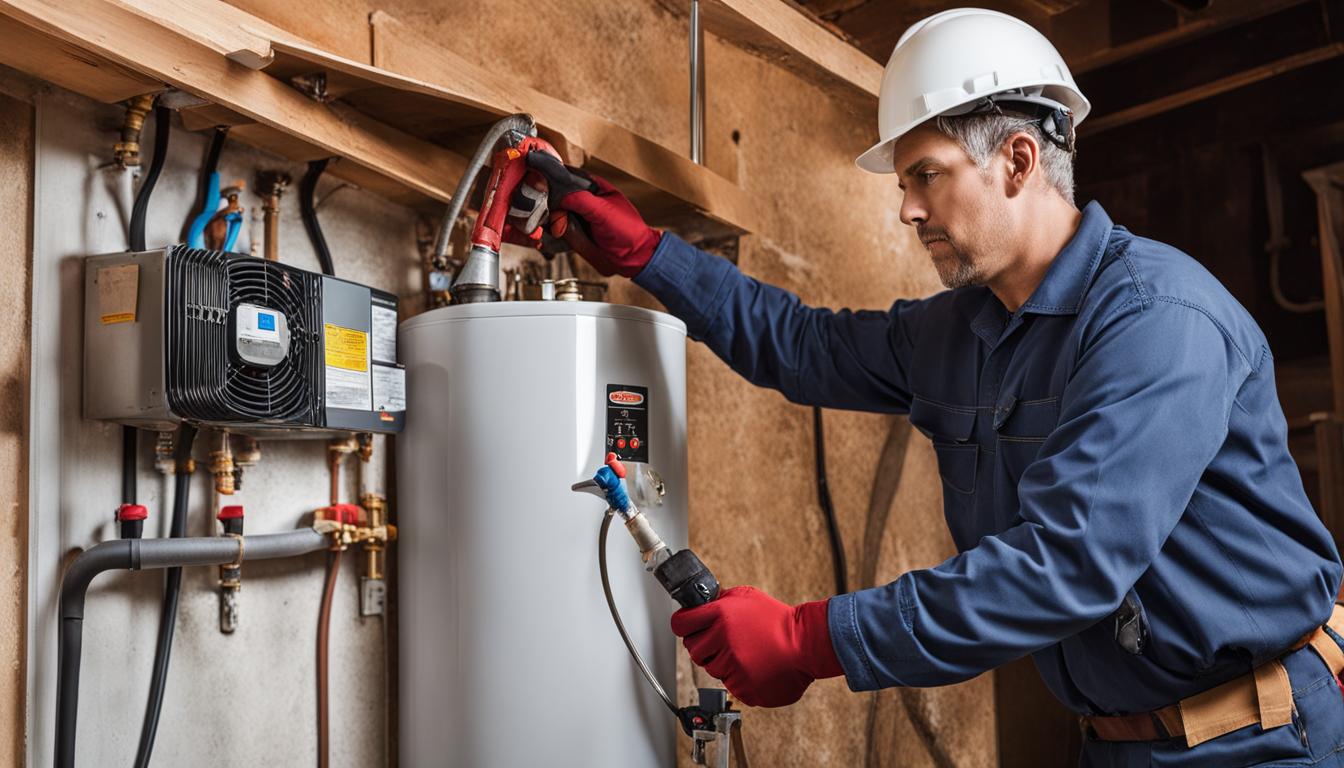Best Practices for Maintaining Your Home's Hot Water SystemSteps to Prolong the Life of Your Home's Hot Water System Through Maintenance
Best Practices for Maintaining Your Home's Hot Water SystemSteps to Prolong the Life of Your Home's Hot Water System Through Maintenance
Blog Article
Just how do you really feel about Tips on Maintaining a Water Heater?

Warm water is essential for daily convenience, whether it's for a revitalizing shower or washing meals. To guarantee your hot water system runs effectively and lasts much longer, routine maintenance is essential. This short article offers practical suggestions and understandings on just how to keep your home's warm water system to avoid disturbances and costly repairs.
Intro
Keeping your home's warm water system may seem difficult, but with a few simple actions, you can guarantee it runs efficiently for years ahead. This overview covers every little thing from comprehending your hot water system to DIY maintenance suggestions and knowing when to contact expert assistance.
Importance of Maintaining Your Hot Water System
Routine upkeep not just expands the lifespan of your hot water system but likewise guarantees it runs successfully. Disregarding upkeep can lead to decreased efficiency, higher power costs, and even premature failing of the system.
Indicators Your Hot Water System Requirements Upkeep
Recognizing when your warm water system requires focus can protect against significant problems. Watch out for indications such as inconsistent water temperature, unusual noises from the heating unit, or rustic water.
Understanding Your Hot Water System
Before diving right into upkeep jobs, it's handy to comprehend the fundamental elements of your hot water system. Usually, this includes the hot water heater itself, pipelines, anode poles, and temperature level controls.
Regular Monthly Maintenance Tasks
Normal month-to-month checks can help capture minor concerns prior to they escalate.
Purging the Hot Water Heater
Purging your hot water heater eliminates debris build-up, improving efficiency and lengthening its life.
Checking and Replacing Anode Rods
Anode rods stop deterioration inside the container. Checking and changing them when worn out is essential.
Inspecting and Adjusting Temperature Level Setups
Changing the temperature setups makes certain ideal performance and safety.
Do It Yourself Tips for Upkeep
You can carry out several upkeep tasks yourself to maintain your warm water system in top problem.
Checking for Leakages
Frequently inspect pipelines and connections for leakages, as these can lead to water damage and greater bills.
Evaluating Pressure Alleviation Valves
Evaluating the pressure safety valve ensures it operates properly and avoids extreme pressure accumulation.
Shielding Pipes
Shielding hot water pipelines lowers warm loss and can conserve power.
When to Call a Professional
While do it yourself maintenance is beneficial, some concerns require specialist competence.
Complex Problems Calling For Professional Assistance
Instances include major leakages, electric problems, or if your hot water heater is regularly underperforming.
Regular Professional Upkeep Benefits
Professional upkeep can include complete assessments, tune-ups, and guaranteeing conformity with security criteria.
Conclusion
Normal maintenance of your home's hot water system is crucial for effectiveness, long life, and price savings. By following these suggestions and recognizing when to look for professional help, you can guarantee a trustworthy supply of warm water without unanticipated disruptions.
Water Heater Maintenance Tips
Test the TPR Valve
Shut off the power and the cold-water supply valve. Place a bucket under the pipe connected to the temperature-pressure-release (TPR) valve on the top or side of the tank. (This valve opens if the tank pressure gets too high.) Lift the valve’s tab to let some water out, then let go. If water keeps flowing, drain the tank partway, unscrew the old valve with a pipe wrench, and install a new one. Check the Anode Rod
Put a hose to the tank’s drain cock and let out a few gallons of water. Now fit a 1 1/16-inch socket onto the rod’s hex head on top of the heater (or under its top plate) and unscrew the rod. If it’s less than ½ inch thick or coated with calcium, buy a new one, wrap its threads with Teflon tape, put it back in the tank, and tighten securely. Use this segmented rod if headroom above the tank is limited. Drain the Tank and Wash Out Sediment
Drain the remaining water in the tank into the bucket, then stir up the sediment on the tank’s bottom by briefly opening the cold-water supply valve. Drain and repeat until clean water comes out of the hose. Close the drain cock, refill the tank, and turn its power back on. Adjust the Temperature
Find the temperature dial on the side of the tank and unscrew its cover. Adjust the dial to 120 degrees using a flathead screwdriver. For every 10 degrees the temperature is lowered, you can expect to save up to 5 percent in energy costs. Turn the water heater off or the thermostat down to its lowest setting if you plan to be away from home for more than three days. Insulate the Pipes
Buy some self-sticking 3/8-inch-thick foam pipe insulation that matches the pipes’ diameter. Slide the foam over the hot-and cold-water pipes as far as you can reach. Insulating the cold-water pipe prevents condensation in summer. Peel the tape and squeeze the insulation closed. If the pipe is 6 inches or less from the flue, cover it with 1-inch-thick unfaced fiberglass pipe wrap. https://www.thisoldhouse.com/plumbing/21016402/how-to-maintain-a-water-heater

I am just very curious about Tips on Maintaining a Water Heater and I really hope you enjoyed reading our blog entry. Sharing is good. One never knows, you might be doing someone a favor. I praise you for being here. Please come visit our website back soon.
Free Quote Report this page